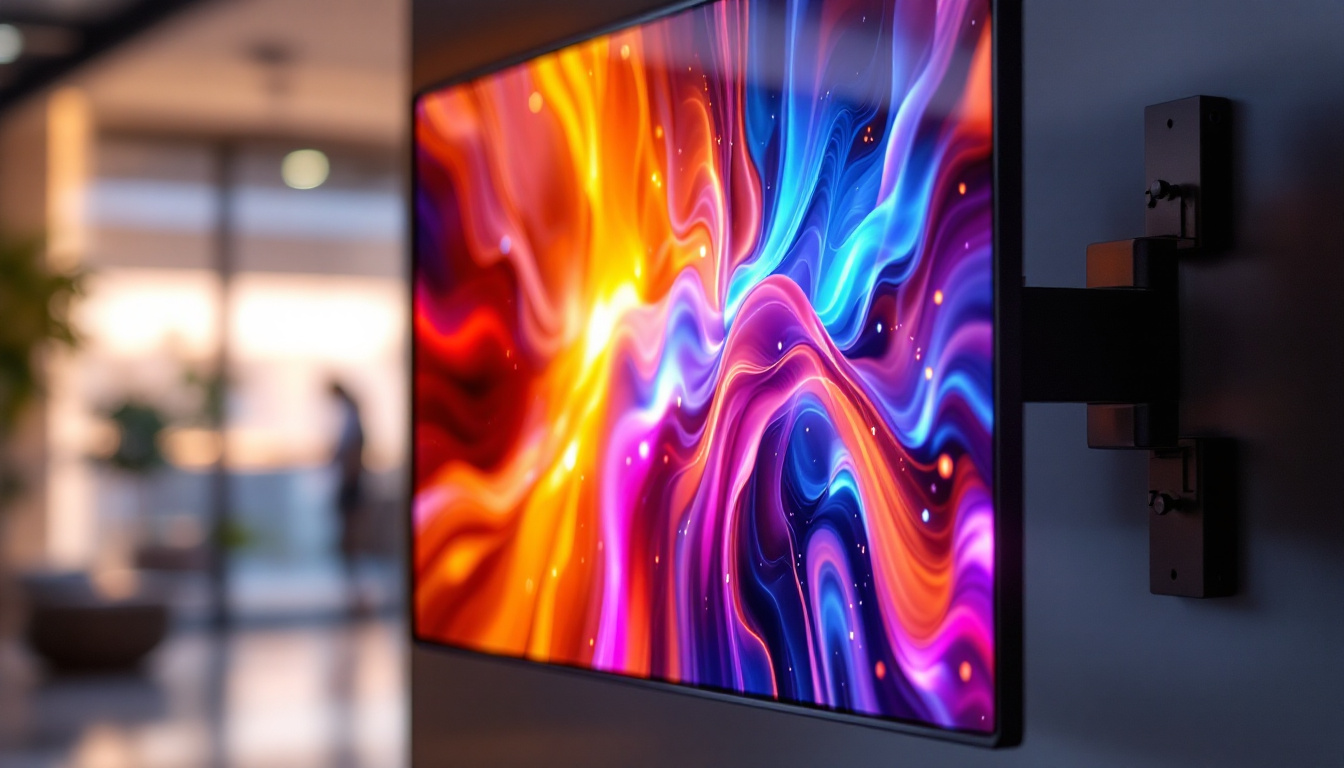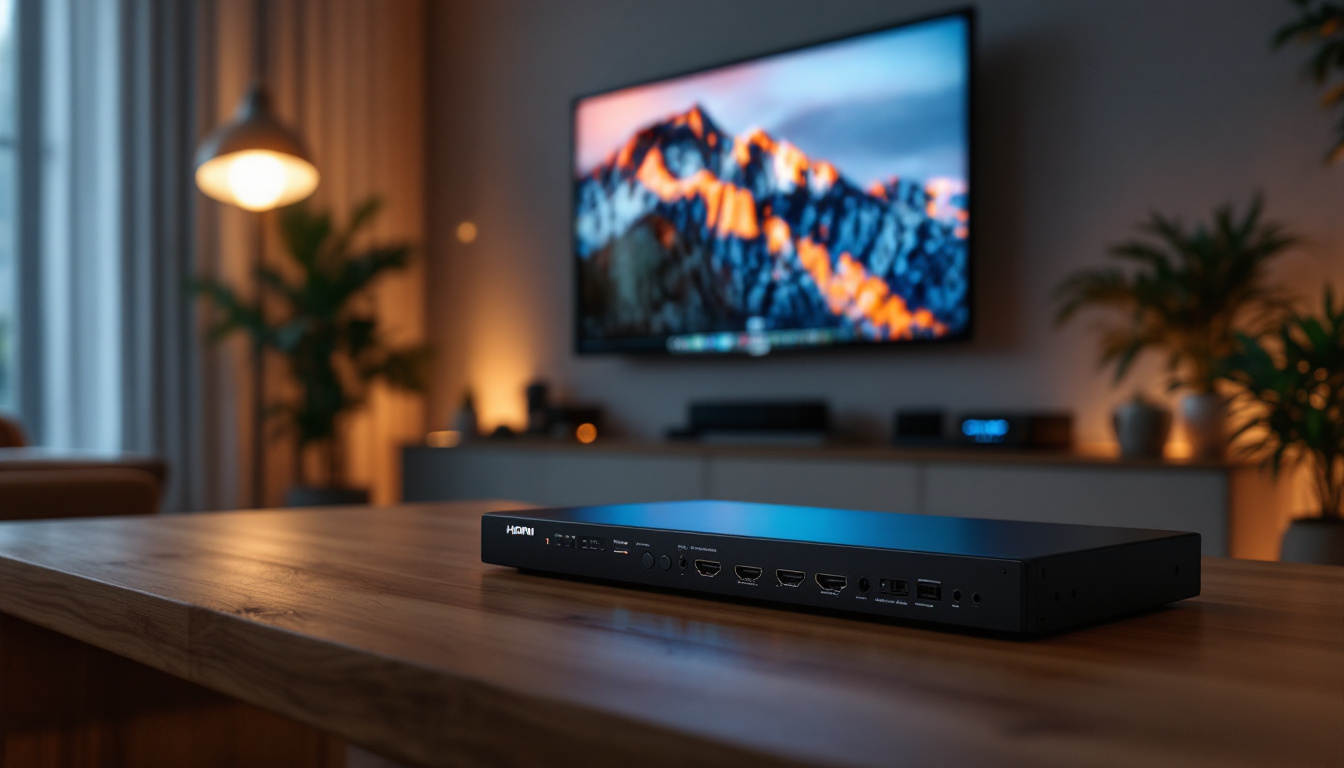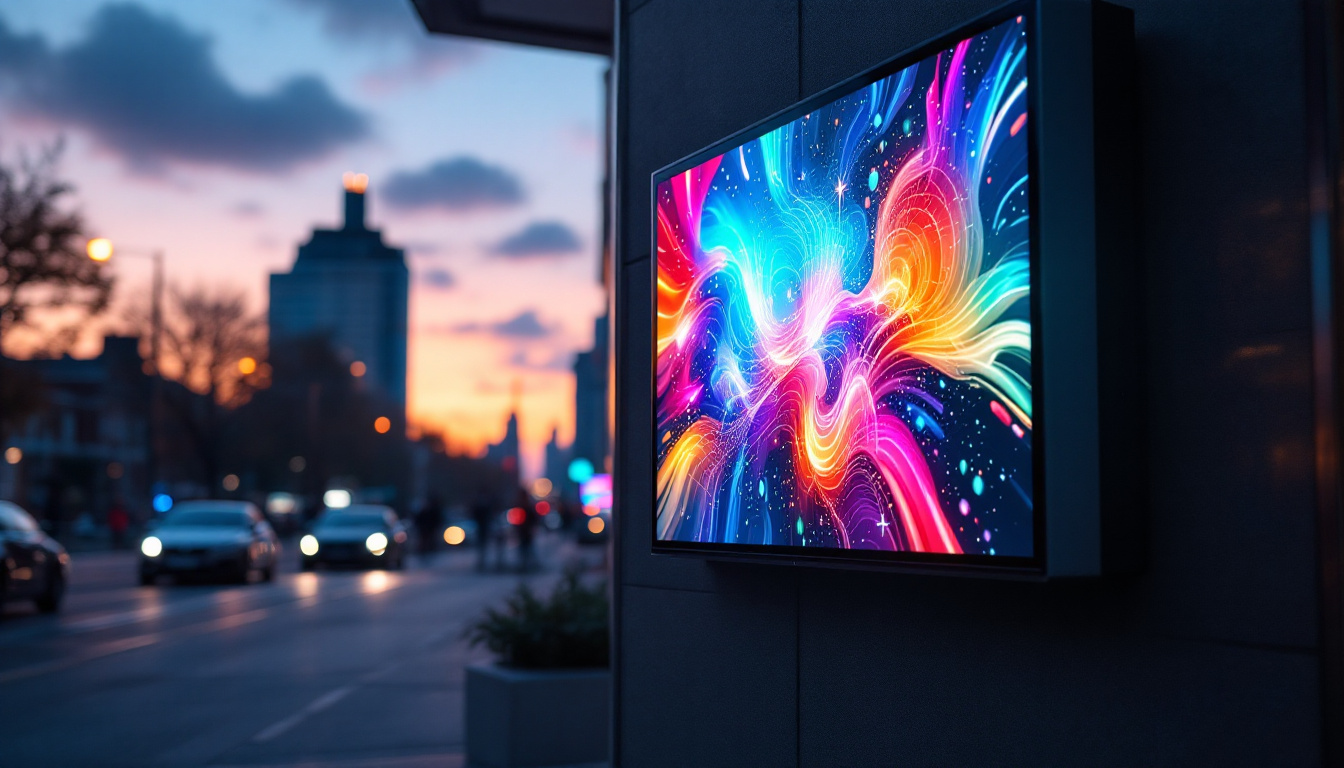Interlocking ceiling tiles have become a popular choice for both residential and commercial spaces due to their ease of installation, aesthetic appeal, and versatility. When combined with LED displays, these ceiling tiles can transform any environment into a dynamic and visually engaging space. This article provides a comprehensive guide on how to install interlocking ceiling tiles, with a detailed explanation of integrating LED displays into the system.
Understanding Interlocking Ceiling Tiles
Interlocking ceiling tiles are designed to fit together seamlessly, creating a uniform and stable ceiling surface without the need for complex frameworks or adhesives. These tiles typically feature tongue-and-groove or puzzle-like edges that snap into place, making installation straightforward and efficient.
The materials used for these tiles vary widely, including PVC, metal, mineral fiber, and even wood composites. Each material offers different benefits such as moisture resistance, sound absorption, or fire retardancy, allowing for customization based on the environment. For instance, PVC tiles are often chosen for areas prone to humidity, such as bathrooms and kitchens, due to their waterproof properties, while mineral fiber tiles are preferred in spaces where acoustic control is crucial, like conference rooms and auditoriums.
One of the main advantages of interlocking ceiling tiles is their modularity. Damaged tiles can be easily replaced without disturbing the entire ceiling, and the system allows for easy access to the space above for maintenance or wiring. This feature is particularly beneficial in commercial settings, where downtime can be costly; quick repairs mean that businesses can maintain a professional appearance without extensive interruptions.
Why Choose Interlocking Ceiling Tiles?
Interlocking ceiling tiles are favored for their simplicity and flexibility. Unlike traditional drop ceilings that require a grid system, interlocking tiles can often be installed directly onto existing surfaces, saving time and reducing labor costs. According to a 2023 industry report, the market for modular ceiling solutions has grown by over 12% annually, driven largely by demand for quick renovations and modern aesthetics. This growth reflects a broader trend in construction and design, where efficiency and style are increasingly prioritized.
Moreover, these tiles can be customized with various finishes and textures, from smooth matte surfaces to intricate patterns, enabling designers to achieve specific visual effects. This adaptability makes them ideal for offices, retail spaces, restaurants, and even home theaters. For example, a restaurant might opt for tiles with a wood grain finish to create a warm, inviting atmosphere, while a tech startup could choose sleek, metallic tiles to convey a modern, innovative vibe. Additionally, the ease of installation means that business owners can refresh their spaces more frequently, aligning with changing trends or branding strategies without significant investment in time or resources.
Preparing for Installation
Proper preparation is critical to ensure a smooth installation process and a high-quality finished ceiling. Before beginning, it’s essential to gather all necessary tools and materials and to assess the installation environment thoroughly. Taking the time to prepare adequately can save you from potential headaches later on, ensuring that your ceiling installation not only looks great but also lasts for years to come.
Tools and Materials Needed
- Interlocking ceiling tiles (quantity based on ceiling area)
- Measuring tape and chalk line for layout
- Utility knife or tile cutter for trimming
- Level and straightedge for alignment
- Adhesive or fasteners (if required by tile type)
- Safety equipment such as gloves and goggles
- Optional: LED display panels and associated wiring components
Assessing the Ceiling Surface
Before installation, inspect the existing ceiling or substrate. The surface should be clean, dry, and structurally sound. Any cracks, moisture damage, or uneven areas must be repaired to prevent issues with tile adhesion or alignment. A well-prepared surface not only enhances the aesthetic appeal of the tiles but also contributes to their longevity, as improper surfaces can lead to peeling or sagging over time.
For installations involving LED displays, it’s important to plan the electrical layout in advance. This includes determining power sources, wiring routes, and ventilation requirements to prevent overheating of LED components. Additionally, consider the placement of the LED panels in relation to natural light sources to optimize visibility and reduce glare. Properly managing these factors will ensure that your installation not only meets aesthetic goals but also functions effectively in practical use.
Furthermore, it’s advisable to create a detailed installation plan that outlines each step of the process. This plan should include a timeline for the project, as well as a checklist of tasks to complete before and during installation. By having a structured approach, you can minimize disruptions and ensure that all team members are on the same page, leading to a more efficient workflow. Remember, a little extra time spent in the planning phase can yield significant benefits in the execution of your ceiling installation.
Step-by-Step Installation of Interlocking Ceiling Tiles
The installation process can be broken down into clear, manageable steps. Following these carefully will ensure a professional finish.
1. Measure and Mark the Ceiling
Start by measuring the dimensions of the ceiling area. Use a chalk line to mark reference lines on the ceiling, starting from the center and working outward. This will help keep tiles aligned and symmetrical.
Marking the center is especially important when working with patterned tiles or when integrating LED display panels, as it ensures the design is balanced and visually appealing.
2. Begin Installation from the Center
Place the first tile at the center point, aligning it with the chalk lines. This tile serves as the anchor for the rest of the installation. Interlock subsequent tiles by fitting their edges together, working outward toward the walls.
Ensure each tile is securely connected to its neighbors. For tiles that require adhesive or fasteners, apply these according to manufacturer instructions to maintain stability.
3. Cutting Tiles for Edges and Corners
When you reach the edges of the ceiling, tiles will need to be trimmed to fit. Use a utility knife or tile cutter to make precise cuts. Measure carefully to avoid gaps or uneven edges.
Proper edge finishing contributes to a polished look and prevents tiles from loosening over time.
4. Installing Tiles Around Fixtures and Vents
Cut tiles to accommodate ceiling fixtures such as lights, vents, or sprinklers. For LED display integration, ensure that cutouts align perfectly with the LED panel mounts or wiring access points.
It’s advisable to test-fit tiles before final installation to confirm proper fit and alignment.
5. Final Inspection and Adjustments
Once all tiles are installed, inspect the ceiling for any misaligned tiles, gaps, or loose connections. Make necessary adjustments to achieve a uniform surface.
Clean the ceiling surface to remove dust or debris from installation, which can affect the appearance and longevity of the tiles.
Integrating LED Displays with Interlocking Ceiling Tiles
Combining LED displays with interlocking ceiling tiles opens up exciting possibilities for dynamic lighting, advertising, and interactive environments. This section explains how to effectively incorporate LED technology into the ceiling tile system.
Types of LED Displays Suitable for Ceiling Integration
LED displays designed for ceiling integration typically come in modular panels that can be mounted flush with or recessed into the tile surface. Common types include:
- LED Backlit Tiles: These tiles feature built-in LED lights that provide uniform illumination across the tile surface.
- LED Video Panels: High-resolution panels capable of displaying images, videos, or animations, ideal for commercial or entertainment spaces.
- LED Edge-Lit Tiles: Tiles with LEDs embedded along the edges, creating ambient or accent lighting effects.
Choosing the right type depends on the intended use, budget, and technical requirements.
Planning the LED Display Layout
Before installation, carefully plan the layout of LED panels within the ceiling grid. Consider factors such as:
- Power supply locations and wiring routes
- Heat dissipation and ventilation needs
- Viewing angles and brightness levels
- Integration with existing lighting and control systems
Professional consultation with an electrical engineer or LED specialist is recommended to ensure compliance with safety standards and optimal performance.
Installing LED Panels with Interlocking Tiles
LED panels are typically installed by replacing standard ceiling tiles with LED-equipped modules. The interlocking edges allow these panels to fit seamlessly within the tile layout.
Key steps include:
- Disconnect power before installation to ensure safety.
- Securely mount LED panels according to manufacturer instructions, ensuring proper alignment with adjacent tiles.
- Connect wiring carefully, using appropriate connectors and ensuring all connections are insulated.
- Test the LED panels before completing the ceiling installation to verify functionality.
Proper integration ensures the LED display operates reliably and enhances the overall ceiling design.
Maintenance and Troubleshooting
Maintaining interlocking ceiling tiles and integrated LED displays is essential to preserve their appearance and functionality over time.
Cleaning and Care
Regular dusting and gentle cleaning with a damp cloth help keep tiles looking fresh. Avoid abrasive cleaners or excessive moisture, especially for tiles made of mineral fiber or wood composites.
LED panels should be cleaned according to manufacturer guidelines, typically using soft, lint-free cloths to prevent damage to the delicate surfaces.
Replacing Damaged Tiles or LED Panels
One of the benefits of interlocking tiles is the ease of replacement. Damaged tiles can be removed by gently disengaging them from adjacent tiles and snapping in new ones.
For LED panels, replacement may require disconnecting wiring and carefully removing the panel. It’s advisable to keep spare tiles and LED modules on hand for quick repairs.
Troubleshooting Common Issues
Common problems include misaligned tiles, flickering LED panels, or power failures. Misalignment can usually be corrected by repositioning tiles. Flickering or non-functioning LEDs often result from loose connections or faulty power supplies and should be addressed by a qualified technician.
Conclusion
Installing interlocking ceiling tiles is a practical and aesthetically pleasing way to enhance any space, offering flexibility, ease of maintenance, and design versatility. When combined with LED displays, these ceiling systems become powerful tools for creating immersive environments, whether for commercial advertising, ambient lighting, or interactive experiences.
By carefully planning the installation process, selecting appropriate materials, and integrating LED technology thoughtfully, property owners and designers can achieve ceilings that are both functional and visually striking. Proper maintenance ensures these installations remain effective and attractive for years to come.
Discover LumenMatrix LED Display Solutions
Ready to elevate your space with the seamless integration of interlocking ceiling tiles and advanced LED displays? Look no further than LumenMatrix, your partner in creating immersive and dynamic environments. Whether you’re interested in indoor or outdoor LED walls, mobile displays, or customizable solutions, LumenMatrix offers a wide range of cutting-edge products to meet your needs. Transform your space and captivate your audience with our innovative LED technology. Check out LumenMatrix LED Display Solutions today and bring your vision to life.































